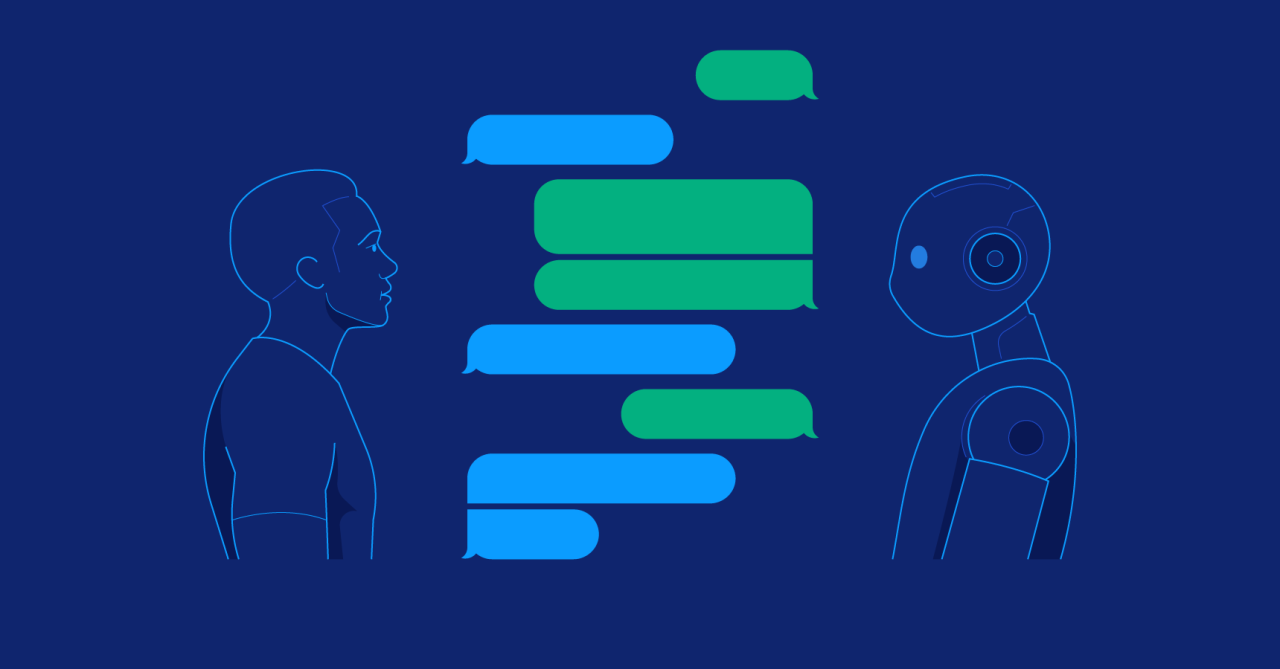In an age where technology continually reshapes human interaction, artificial intelligence (AI)–powered romance chatbots have emerged as digital companions designed to offer emotional engagement, flirtation, and even simulated romantic relationships. These virtual partners programmed to respond, empathize, and entice are skyrocketing in popularity. However, beneath the veneer of charming conversation lies a complicated web of privacy concerns that could jeopardize users’ data, emotional well-being, and digital safety. This article explores how AI dating bots collect and process personal information, highlights the associated privacy risks, examines real-world incidents, and offers guidance for safer use and responsible development.
1. The Rise of AI Romance Chatbots
AI romance chatbots leverage natural language processing (NLP) and machine learning to simulate conversation, aimed at forging emotional bonds with users. Apps like Replika, AI Dungeon’s romance modules, and various niche chat services have attracted millions seeking companionship or casual flirtation in a digital format.
A. Popularity and Market Growth
According to market research, the global chatbot market size is projected to surpass USD 1.25 billion by 2025, with conversational AI for lifestyle and personal use constituting a rapidly growing segment. Many users turn to AI companions for convenience, privacy, or to practice social skills without human judgment.
B. How They Work
These bots are often powered by large language models (LLMs) that have been fine-tuned on dialogue datasets. They store conversation histories, user preferences, and sometimes emotional cues to personalize future interactions. Advanced services may integrate voice, video avatars, or emotion recognition.
C. Appeal and Use Cases
Users cite reasons like loneliness alleviation, friendship simulation, and even flirting practice as motivations. For some, AI bots fill gaps in their social lives; for others, they serve as harmless entertainment or training grounds for relationship skills.
2. Data Collection Practices
At the heart of privacy issues lies the extensive data collection that AI chatbots require to deliver a personalized experience.
A. Personal Profiles and Preferences
Most apps request age, gender, interests, and relationship goals. Some gather detailed psychographic or demographic data to refine conversational algorithms.
B. Conversation Logs
Every text message, voice clip, or video snippet is recorded and stored sometimes indefinitely, sometimes for periodic model retraining.
C. Behavioral and Contextual Data
AI-driven romance platforms track usage patterns, login times, session durations, and in-app actions such as topic preferences or emotional sentiment.
D. Third-Party Integrations
Integration with social media, payment systems, or analytics services often results in cross-platform data sharing. Without robust safeguards, these connections multiply risk vectors.
3. Privacy Risks and Threat Vectors
While personalized chatbots may seem innocuous, several invisible threats loom.
A. Unauthorized Data Access
Poorly secured databases can be hacked, exposing intimate conversations and personal details. A breach could reveal a user’s age, sexual orientation, or relationship status.
B. Internal Misuse
Employees or contractors with backend access might misuse conversation logs for personal gain, blackmail, or other malicious ends.
C. Data Monetization and Profiling
Some companies monetize user data by selling insights or targeted ads. Users may inadvertently become products, with their secrets fueling marketing algorithms.
D. Psychological Manipulation
By analyzing emotional responses, chatbots can be optimized to influence user behavior whether to promote premium subscriptions or steer opinions raising ethical concerns about consent and autonomy.
E. Deepfake and Impersonation Risks
Advanced AI models can synthesize voice or images. If built on user-generated content, malicious actors could generate realistic deepfakes to harass or defraud individuals.
F. Persistent Data Footprint
Even if users delete their accounts, residual backups or model checkpoints may retain fragments of personal interactions for months or years.
4. Real-World Case Studies
Understanding the scope of these risks benefits from examining concrete incidents.
A. Replika’s Data Retention Concerns
Replika, a leading AI companion app, faced scrutiny when its privacy policy indicated indefinite storage of chat logs. While the company stated logs were anonymized for research, privacy advocates warned that metadata could re-identify users.
B. Unauthorized Access at a Romance Chat Service
In early 2024, a smaller dating bot service reported a breach exposing thousands of users’ chat transcripts and profile photos. Attackers used a known vulnerability in an outdated web framework.
C. Third-Party Analytics Leak
A chatbot platform’s integration with an analytics vendor resulted in a misconfigured cloud bucket. The vendor’s publicly accessible storage contained raw chat records, allowing anyone with the URL to view sensitive content.
D. Emotional Manipulation Litigation
A user group filed a class-action lawsuit claiming that a chatbot’s upselling techniques tailored through emotional profiling constituted deceptive trade practices and emotional exploitation.
5. Regulatory Landscape and Compliance
Laws governing AI and data privacy are evolving, but significant gaps remain.
A. General Data Protection Regulation (GDPR)
Under GDPR, companies must obtain user consent, provide data access upon request, and support deletion. However, enforcement can be difficult when services operate outside the European Union.
B. California Consumer Privacy Act (CCPA)
CCPA gives California residents rights to know, delete, and opt out of sale of personal information, but exemptions for employee data and broad definitions of “sale” create grey areas.
C. Emerging AI-Specific Proposals
Policymakers in the U.S. and EU are drafting frameworks to regulate AI transparency, accountability, and ethics. Proposed measures include mandatory AI impact assessments and restrictions on sensitive content processing.
D. Licensing and Certification Trends
International bodies and industry groups are developing voluntary AI certification programs that audit privacy safeguards, security practices, and consumer transparency.
6. Best Practices for Users
Users can take proactive steps to safeguard their data.
A. Review Privacy Policies Carefully
Before signing up, read the policy to understand what data is collected, how it is used, and with whom it may be shared.
B. Limit Shared Personal Information
Use pseudonyms or minimal details. Avoid sharing real names, addresses, or financial information during chats.
C. Enable Data Deletion Requests
Leverage GDPR or CCPA rights where applicable. Monitor whether chatbots honor deletion requests by testing account removal and data erasure.
D. Use Secure Communication Channels
Access chatbots only through official apps or websites. Avoid downloading unofficial clients or using shady browser plugins.
E. Monitor Account Security
Use strong, unique passwords, enable multi-factor authentication if available, and stay alert for suspicious login notifications.
F. Beware of Emotional Upselling
Be aware that chatbots may leverage emotional bonds to encourage in-app purchases. Set spending limits or parental controls if needed.
7. Recommendations for Developers and Providers
Responsible AI romance platforms should adopt privacy-by-design principles.
A. Data Minimization
Collect only the data essential for functionality. Periodically purge outdated logs and anonymize retained records.
B. Robust Encryption
Encrypt data at rest and in transit. Implement secure key management practices to prevent unauthorized decryption.
C. Transparent Policies
Draft clear, concise privacy notices. Offer users granular control over data sharing and easy mechanisms for access and deletion.
D. Regular Security Audits
Conduct penetration tests and vulnerability assessments. Promptly patch known security flaws in frameworks or third-party libraries.
E. Ethical AI Practices
Establish internal ethics boards to oversee model training, emotional impact, and manipulative features. Incorporate bias and misuse mitigation strategies.
F. Third-Party Oversight
Vet analytics, hosting, and integration partners. Ensure contracts enforce data protection standards and prohibit misuse of user content.
8. Future Outlook
As AI chatbots become more sophisticated integrating multimodal interactions, real-time sentiment analysis, and augmented reality features the privacy stakes will only grow.
A. Advances in Model Capabilities
Larger, more contextual models will demand richer datasets, increasing potential exposure of personal content.
B. Shift Toward Decentralized AI
Edge AI solutions promise to keep data on-device rather than in central servers, but they bring challenges in standardizing privacy controls across devices.
C. User Demand for Privacy-First Alternatives
Growing awareness may fuel demand for open-source, privacy-centric chatbots that operate with minimal data collection and transparent algorithms.
D. Regulatory Maturation
Comprehensive AI laws and international standards are likely to emerge, compelling providers to adopt stricter privacy assurances or face penalties.
Conclusion
AI romance chatbots offer an intriguing glimpse into the future of human–machine relationships, providing companionship, entertainment, and emotional engagement. Yet, they also introduce significant privacy vulnerabilities from insecure data storage and internal misuse to sophisticated profiling and emotional manipulation. To harness the benefits of chatbot companionship without falling prey to its perils, users must practice caution and demand transparency, while developers must embrace privacy-by-design, robust security, and ethical AI practices. Only through collaborative efforts between users, providers, and regulators can we ensure that AI-mediated romance remains both delightful and secure.















